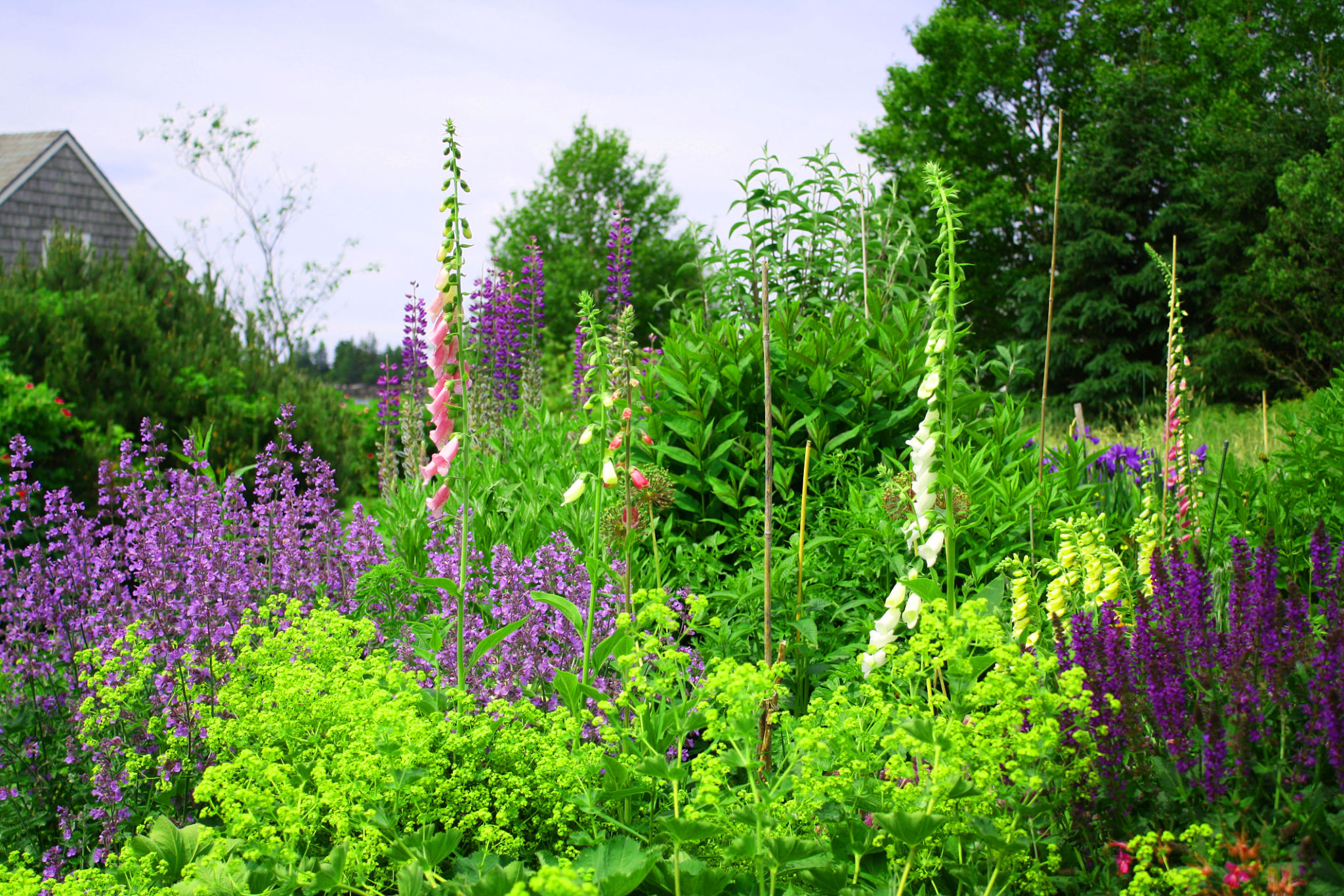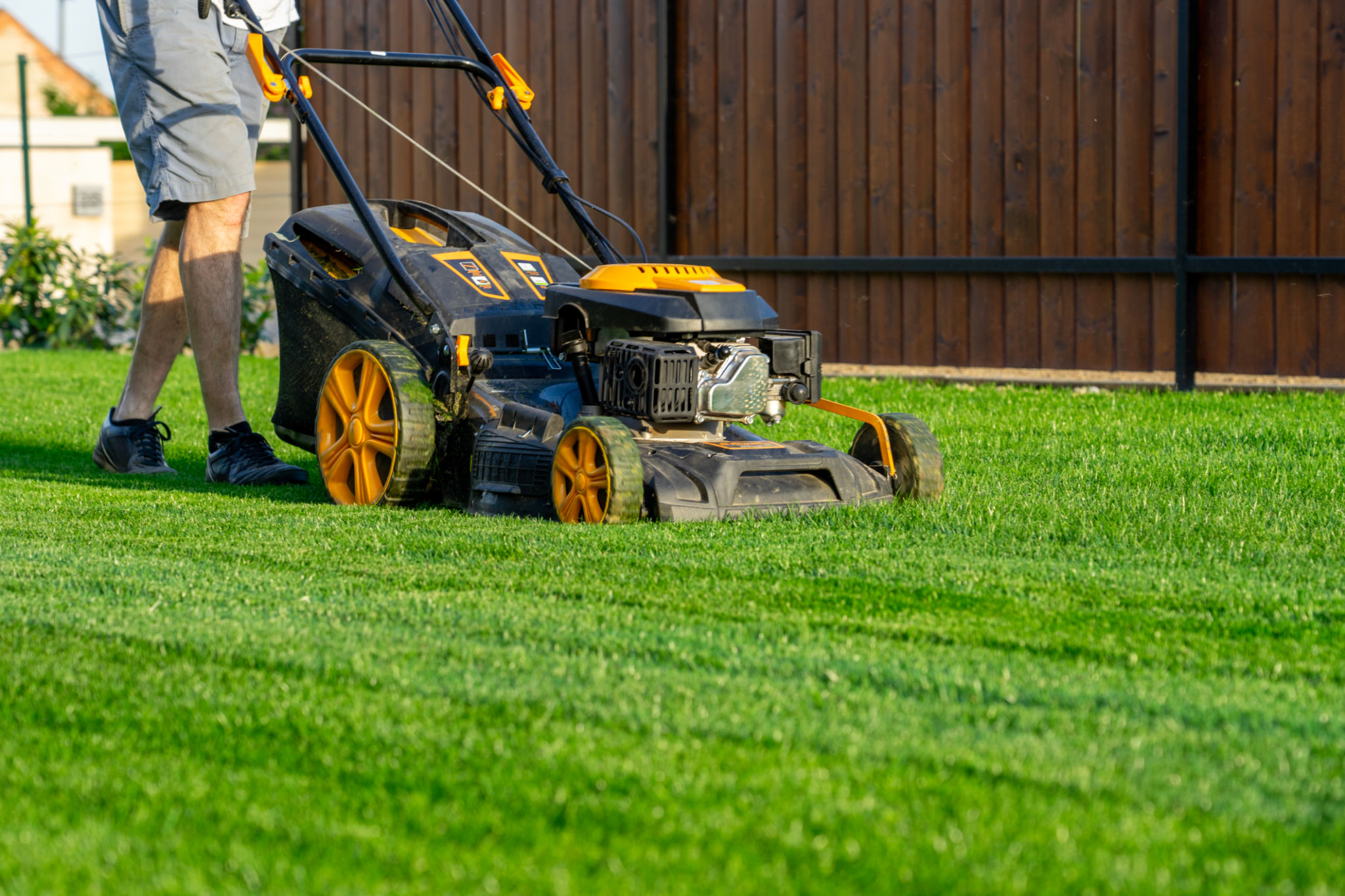Common Mistakes to Avoid When Designing a Bio-Swale for Your Property
Understanding the Purpose of a Bio-Swale
Bio-swales are an essential component of sustainable landscape design, serving to manage stormwater runoff and improve water quality. These natural drainage channels are designed to slow, collect, and filter rainwater, allowing it to infiltrate the ground rather than rushing into storm drains. When properly planned and installed, a bio-swale can significantly reduce erosion, promote groundwater recharge, and enhance the aesthetic value of your property.
However, designing a bio-swale requires careful consideration and planning. Mistakes in design can lead to ineffective water management and even damage to your landscape. Here are some common pitfalls to avoid when designing a bio-swale for your property.

Ignoring Proper Sizing and Scale
One of the most common mistakes in designing a bio-swale is failing to accurately size it for your property's specific needs. An undersized bio-swale may not adequately handle the volume of stormwater, leading to overflow and potential flooding. Conversely, an oversized bio-swale can be an unnecessary use of space and resources.
To determine the appropriate size, consider factors such as the size of the drainage area, local rainfall patterns, and soil infiltration rates. Consulting with a professional can help ensure that your bio-swale is neither too large nor too small, but just right for effective stormwater management.
Choosing Inappropriate Plant Species
The selection of plant species for your bio-swale is crucial for its functionality and appearance. Some plants are better suited to wet conditions and can help filter pollutants more effectively. Choosing plants that are not well-adapted to the local climate or soil conditions can result in poor growth and reduced effectiveness of the bio-swale.
Opt for native plants that are adapted to both wet and dry conditions, as they will be more resilient and require less maintenance. Native plants also support local wildlife and contribute to biodiversity. Consider consulting with a local nursery or landscape designer who specializes in native plants to make the best selections for your bio-swale.

Overlooking Soil Composition
Soil composition plays a vital role in the performance of a bio-swale. Poor soil conditions can impede water infiltration and lead to pooling or erosion. Before installing a bio-swale, conduct a soil test to determine its drainage capacity and amend it if necessary.
If the soil has low permeability, consider adding sand or organic matter to improve drainage. For soils with high clay content, additional grading or the installation of a subsurface drainage system may be required. Properly preparing the soil will enhance the bio-swale's ability to manage stormwater efficiently.
Neglecting Regular Maintenance
Like any landscape feature, a bio-swale requires regular maintenance to function effectively over time. Neglecting maintenance can lead to clogged channels, plant overgrowth, and reduced performance in managing stormwater.
Establish a maintenance routine that includes regular inspection and removal of debris, periodic regrading to maintain proper slopes, and monitoring plant health. By staying on top of maintenance tasks, you can ensure your bio-swale continues to perform optimally and remains an attractive feature on your property.

Failing to Consider Local Regulations
Before designing and installing a bio-swale, it's important to be aware of any local regulations or permitting requirements. Some areas have specific guidelines regarding stormwater management practices that must be followed.
Research local ordinances or consult with municipal authorities to ensure compliance with all necessary regulations. This will help avoid potential legal issues and ensure that your bio-swale is both effective and permissible within your community.
In conclusion, designing a bio-swale involves several important considerations beyond just aesthetics. By avoiding these common mistakes, you can create an effective and sustainable solution for managing stormwater on your property. A well-designed bio-swale not only enhances the environmental value of your landscape but also contributes to the overall health of the ecosystem.